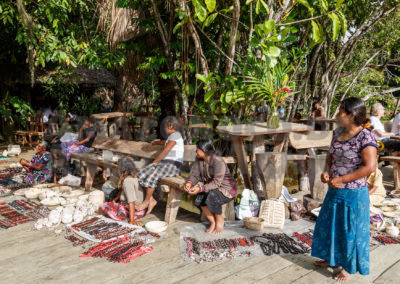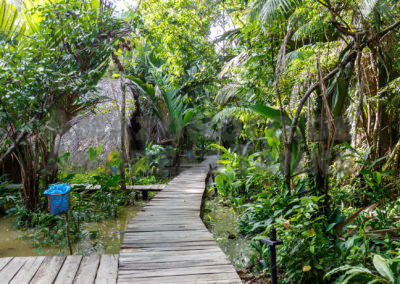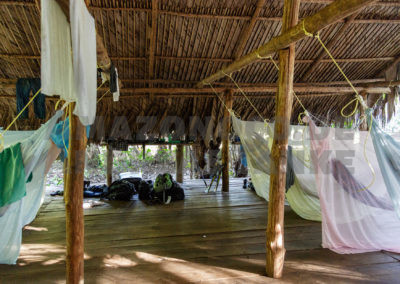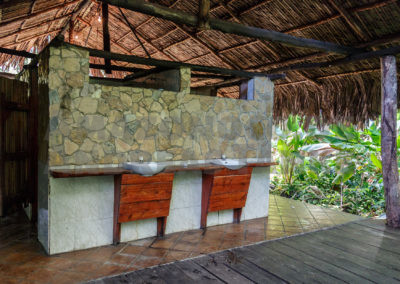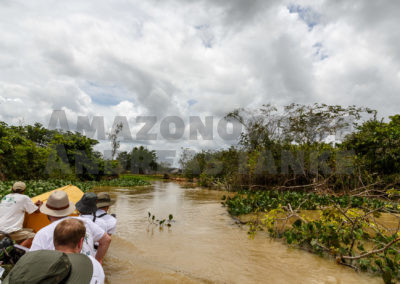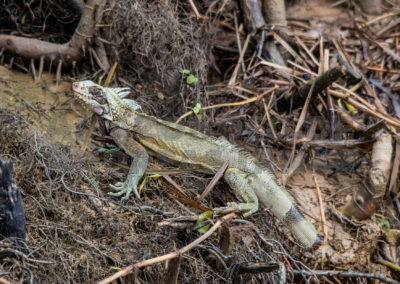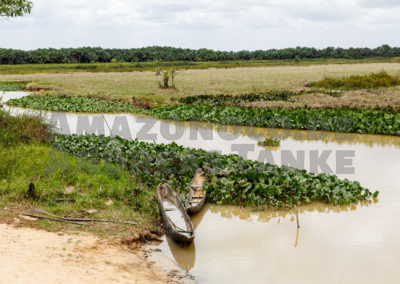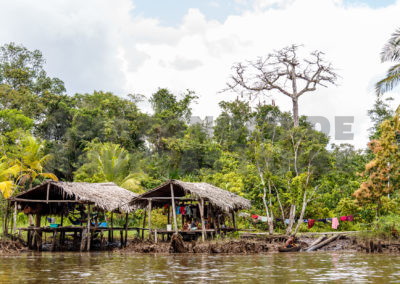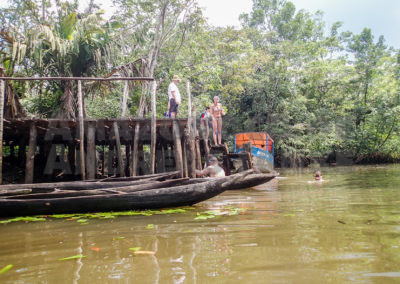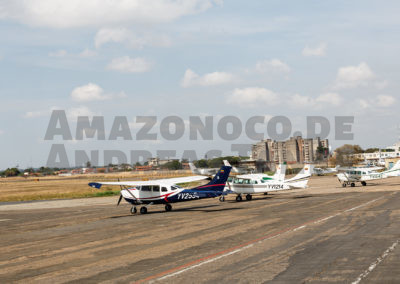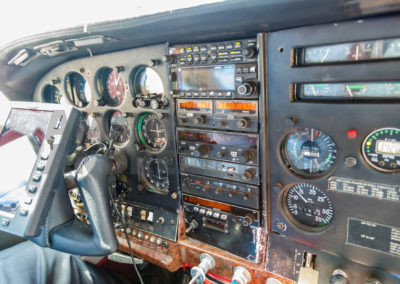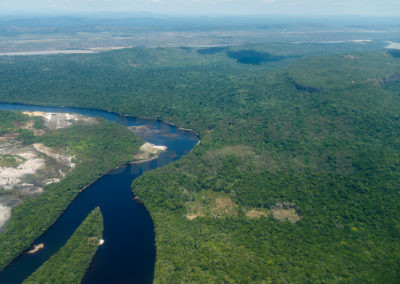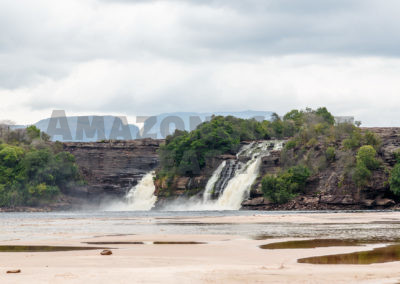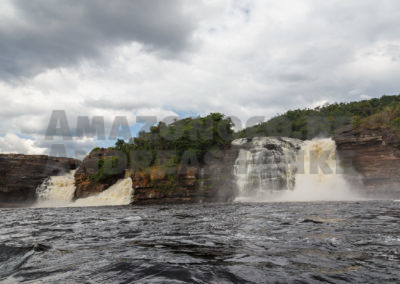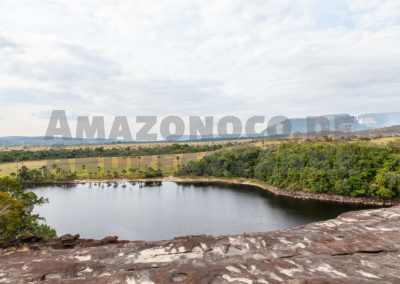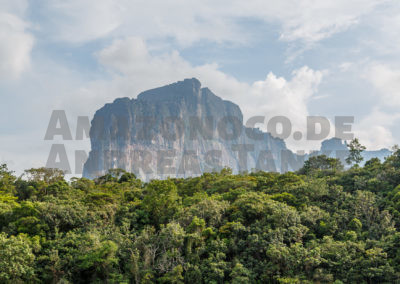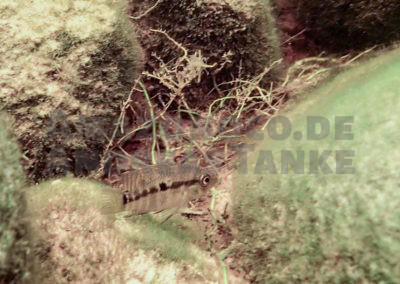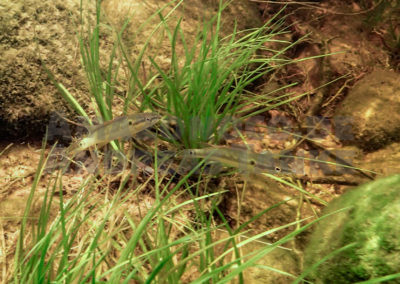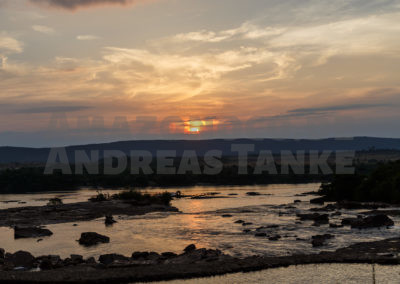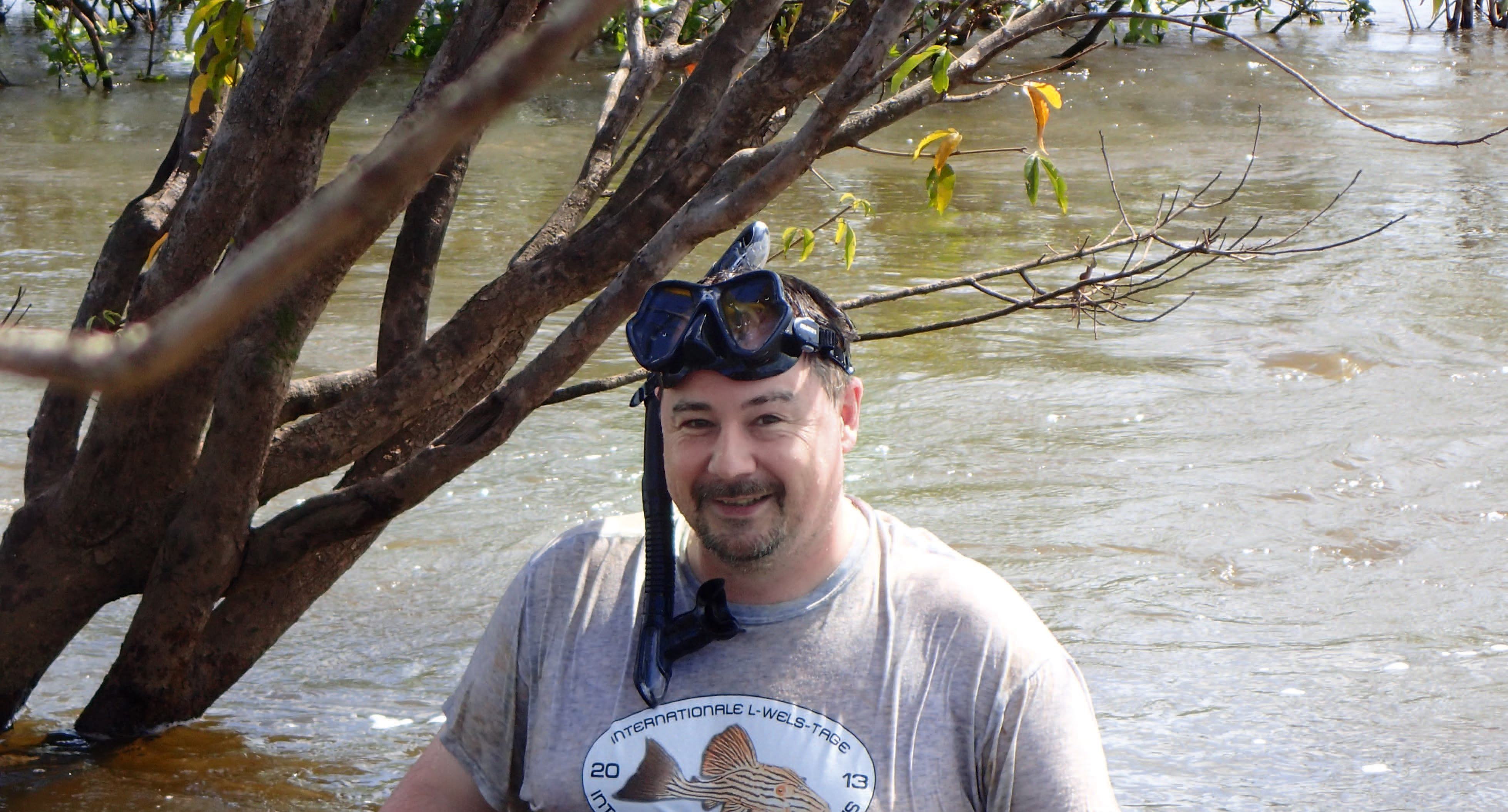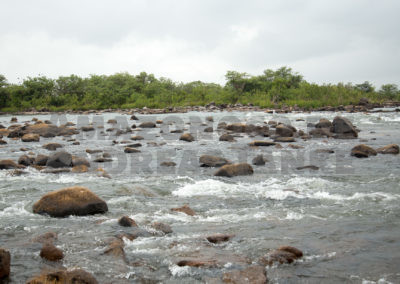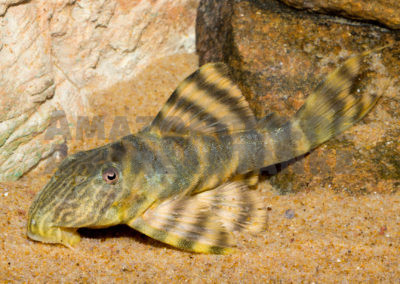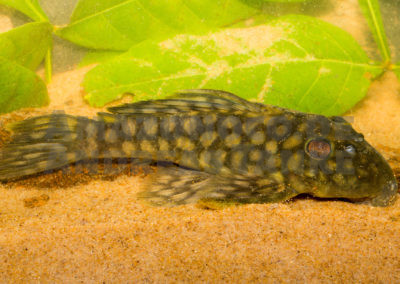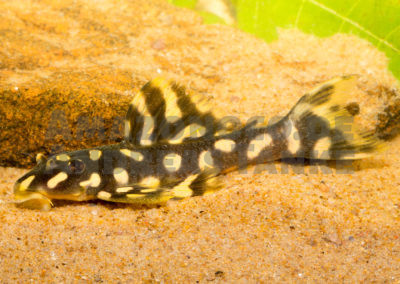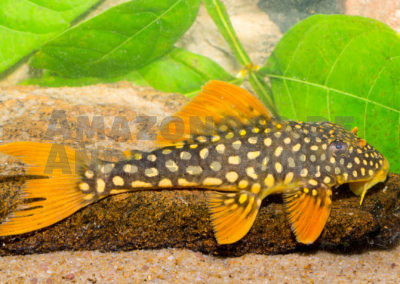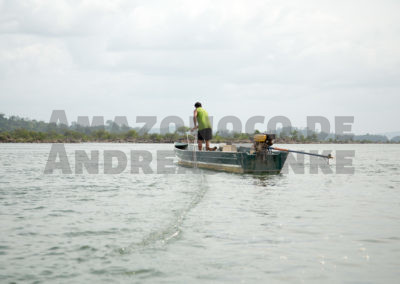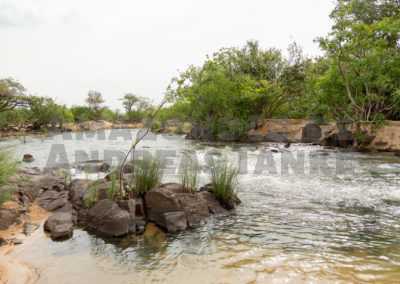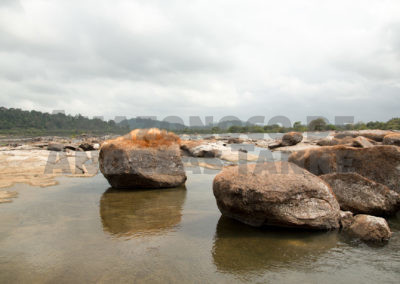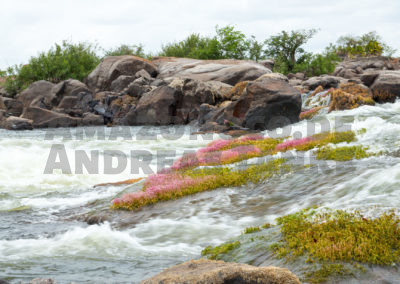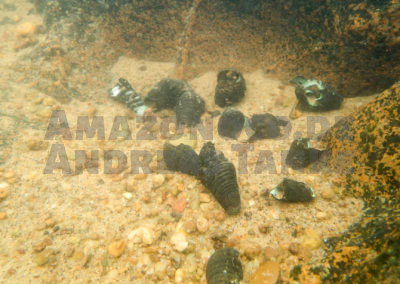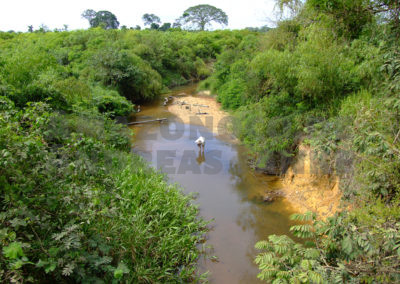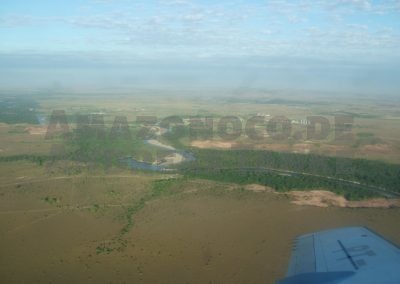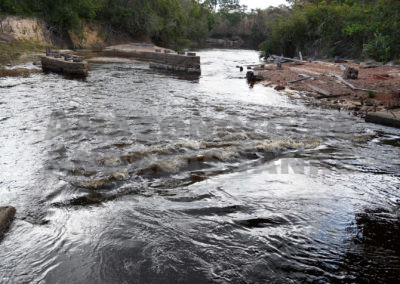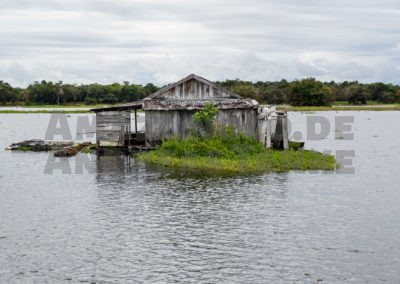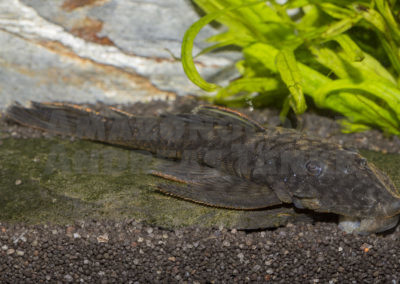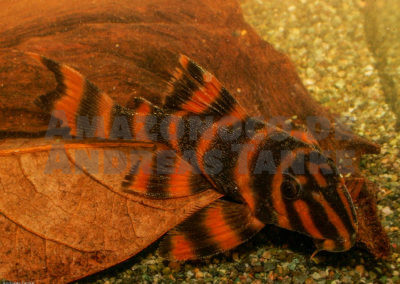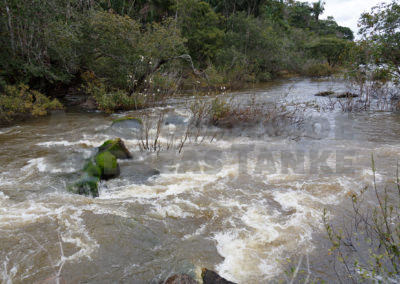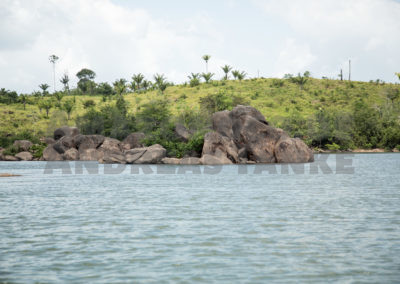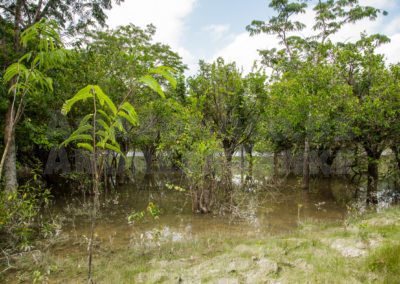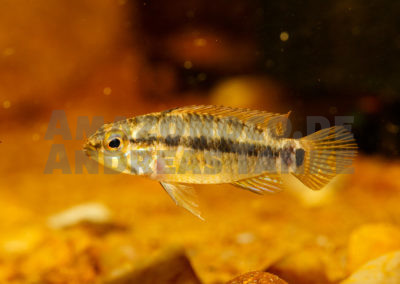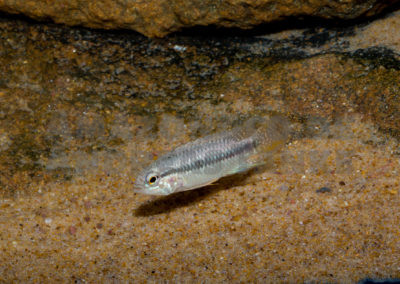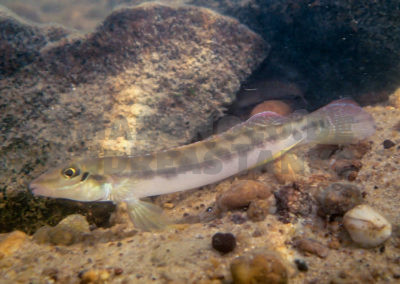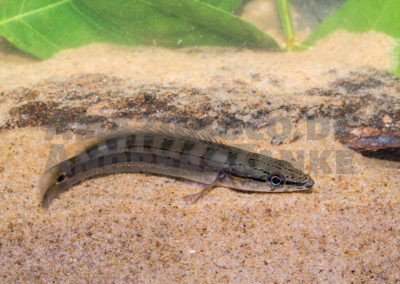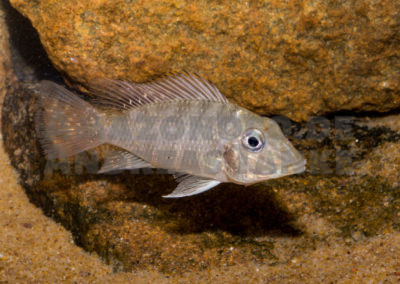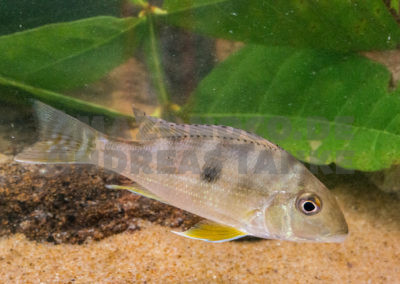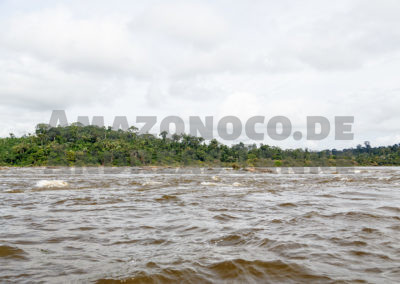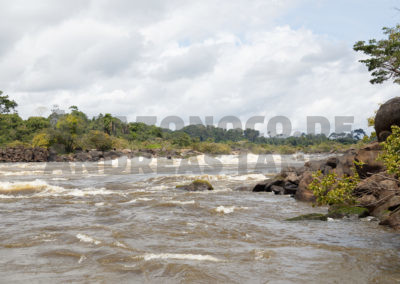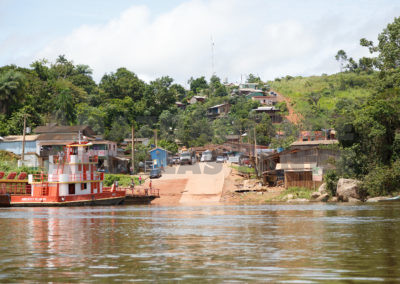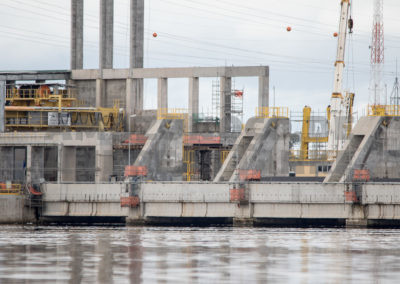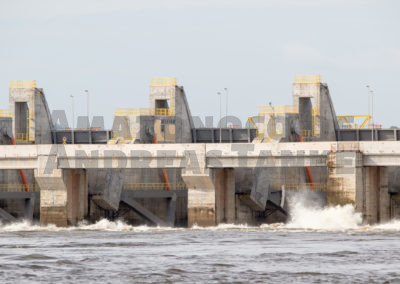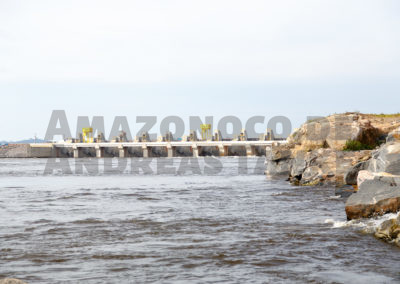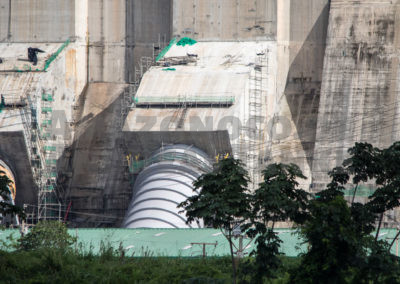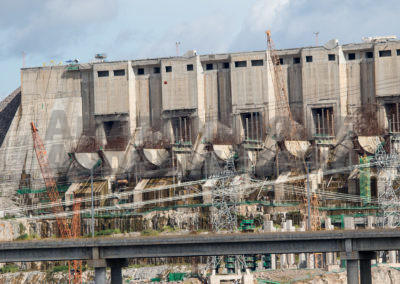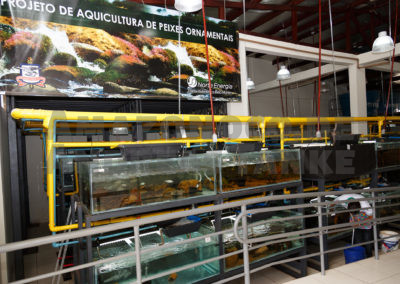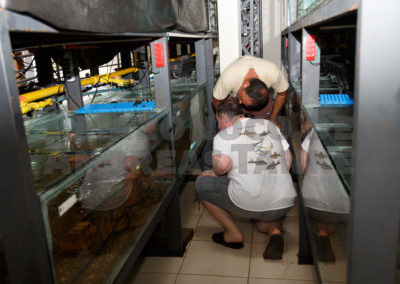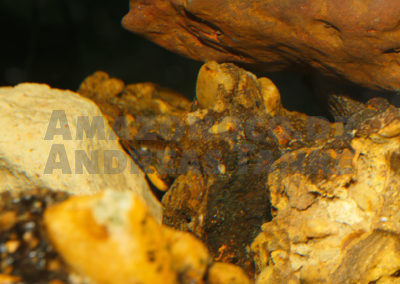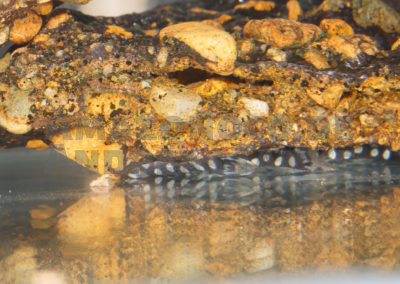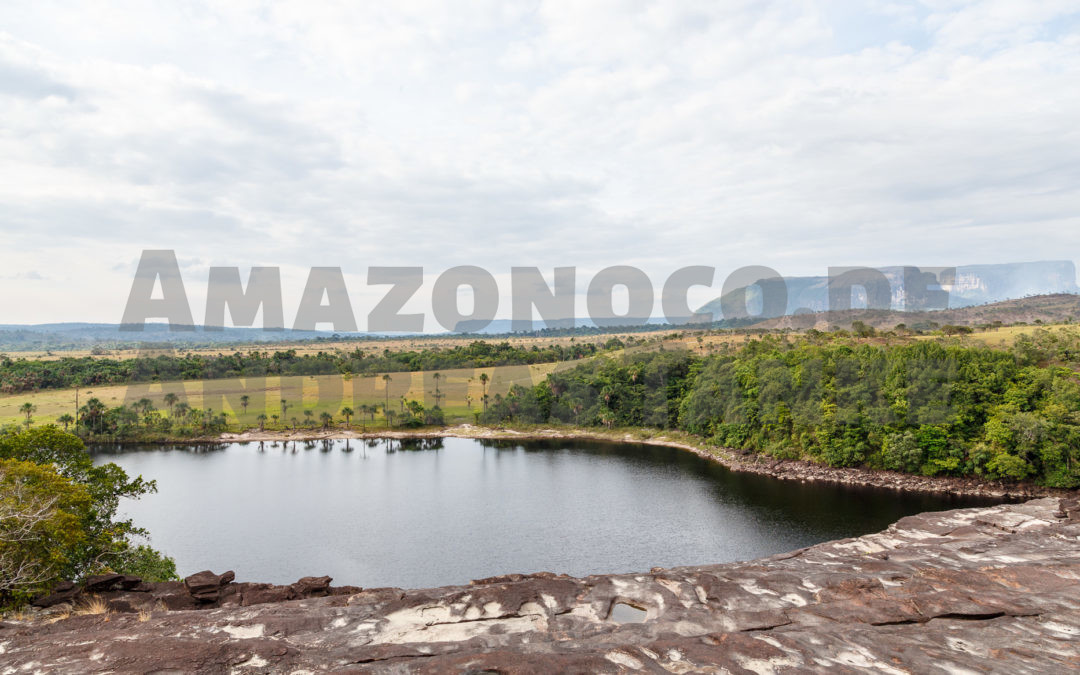
by Andreas Tanke | 18. 06. 2018
Venezuela – traveling with JBL and aquarists
In 2016, I got the honor to accompany a tour group to Venezuela by an invitation from JBL. Due to the good preparation and planning, we were able to travel the country very safely despite the politically difficult situation. The journey consisted of two parts. The first part took us to the estuarine delta of the Orinoco, where we spent a few days in an ecolodge and explored various biotopes there. For the second part were going by small planes (4-6 seats) to Canaima with the aim to visit the Salto Ángel (highest waterfall in the world).
In this talk, I report on this trip and give insights into the flora and fauna we traveled.
Indian stands in the Ecolodge
Expeditions in Orinocodelta
Green Iguana, Iguana iguana iguana (Linneaus, 1785)
Canaima Lagoon with the Saltos Wadaimo, Golondrina and Ucrima
Canaima lagoon with the Saltos Wadaimo, Golondrina and Ucrima
Crenicichla aff. saxatilis „Caroni“
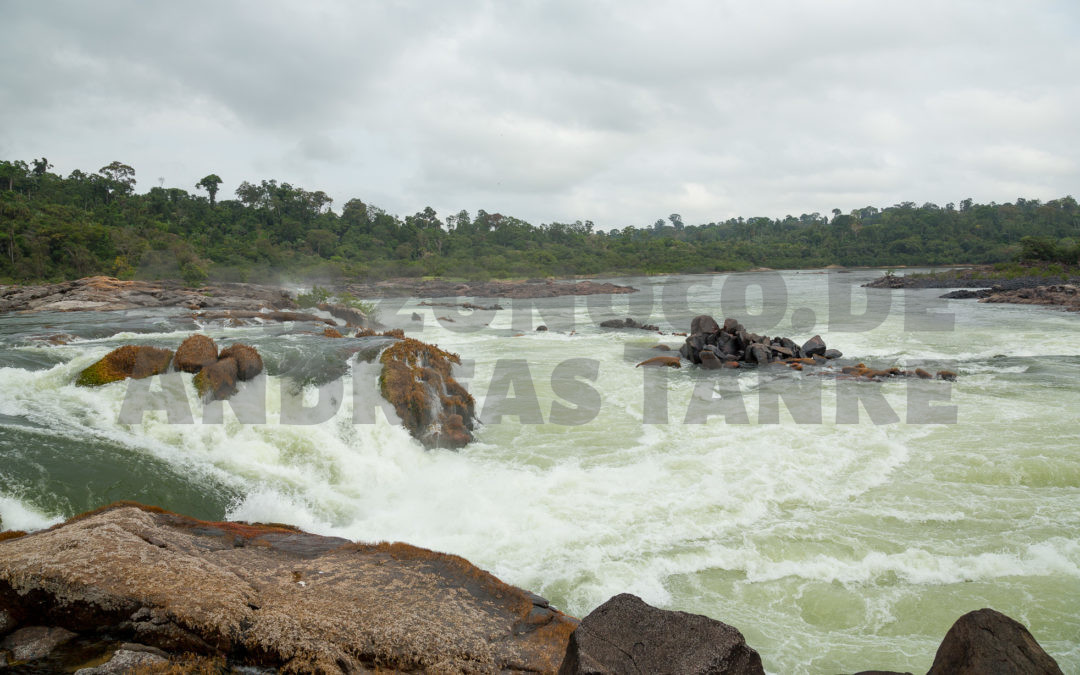
by Andreas Tanke | 18. 06. 2018
Biotopes of plecos at Rio Xingu
The Rio Xingu is one of the most important tributaries of the amazon in Brazil. I‘ll present different types of biotopes of the Rio Xingu and their inhabitants. The start is at the mouth of the Rio Xingu near Porto do Moz and ends at São Félix do Xingu. The main aspect will be the big bend – the Volta Grande. But also the Rio Iriri will not be skipped. At the end I‘ll give a foresight of the future of the Rio Xingu. That might be very bad, because of the hydroelectric dam and the exploitation of mineral resources!
Stromschnellen in der Volta Grande
Oligancistrus zuanoni (L 20)
Scobinancistrus aureatus (L 14)
Tiefe Areale in der Volta Grande
Biotope in der Volta Grande
Niedrige Wasser in der Volta Grande
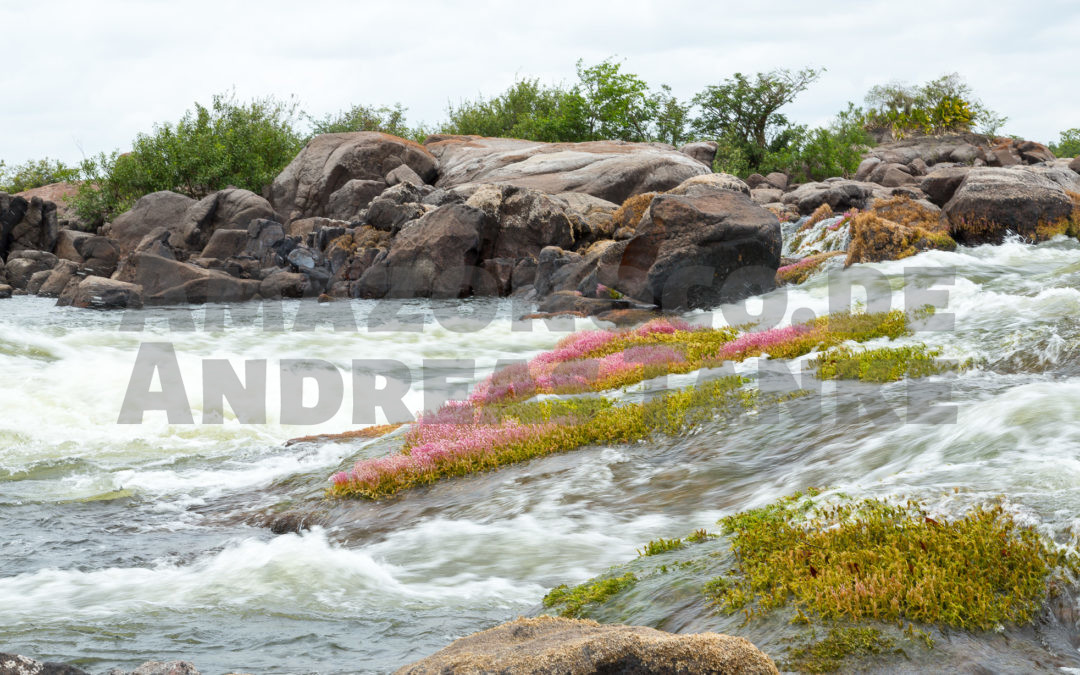
by Andreas Tanke | 17. 06. 2018
Northern Brazil – Origin of ornamental fish
This talk will present selected river systems in northern Brazil. Also the main trades centers for ornamental fish like Belém, Santarém, and Altamira will be introduced. Of course the fish from there will not be glimpsed…
Cachoeira Grande do Rio Iriri
Ancistrini sp. (L 82)
Cachoeira Grande do Rio Iriri
empty snail shells on the bottom of the Rio Xingu
Scobinancistrus aureatus (L 14)
Rio Branquinho – a black water river
Pseudolithoxus sp. “Branquinho” (L 492)
Panaqolus claustellifer (L 306)
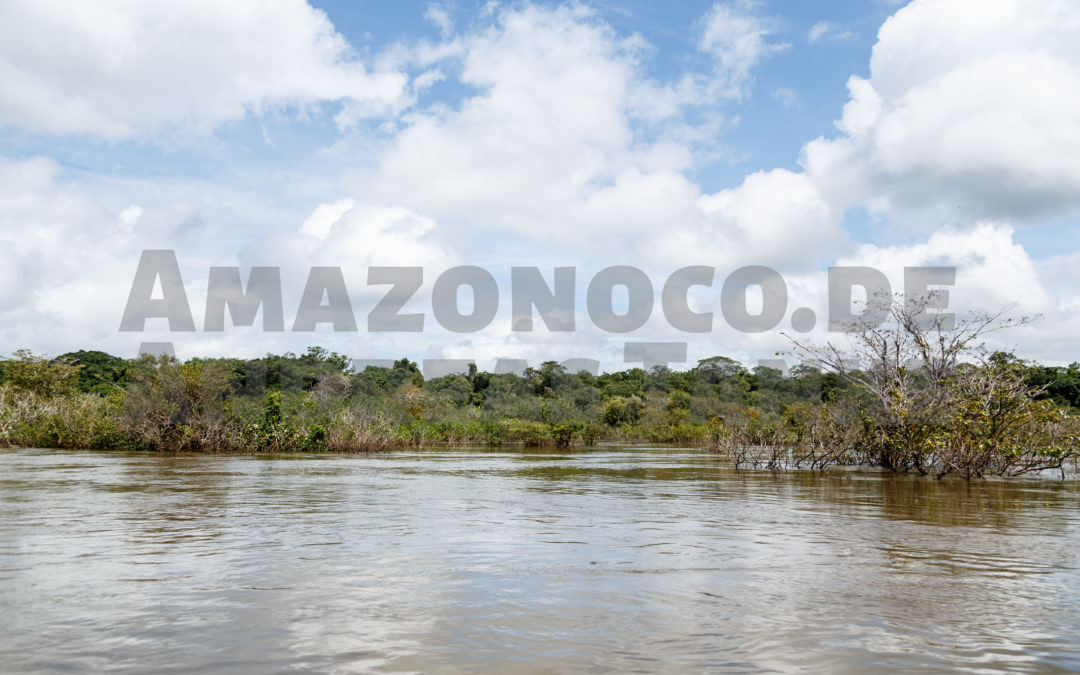
by Andreas Tanke | 16. 05. 2018
Changings in Cichlid Biotopes at the Rio Xingu
In this talk I‘ll show the possible impact of the Belo Monte dam to the inventory of cichlids at the Rio Xingu. Also I want to explain the actual situation in Altamira, about the Belo Monte dam, and the resulting problems. But I also present many biotopes and the cichlids that are living there…
Rock formation at the Rio Xingu
Flooding area at Igarapé Tucurui
Apistogramma sp. „Chao“ (A 42)
Apistogramma sp. „Vitória do Xingu“ (A 229)
Crenicichla aff. lugubris „Xingu II“
Satanoperca sp. “Vitória do Xingu”
Geophagus cf. altifrons „Xingu“
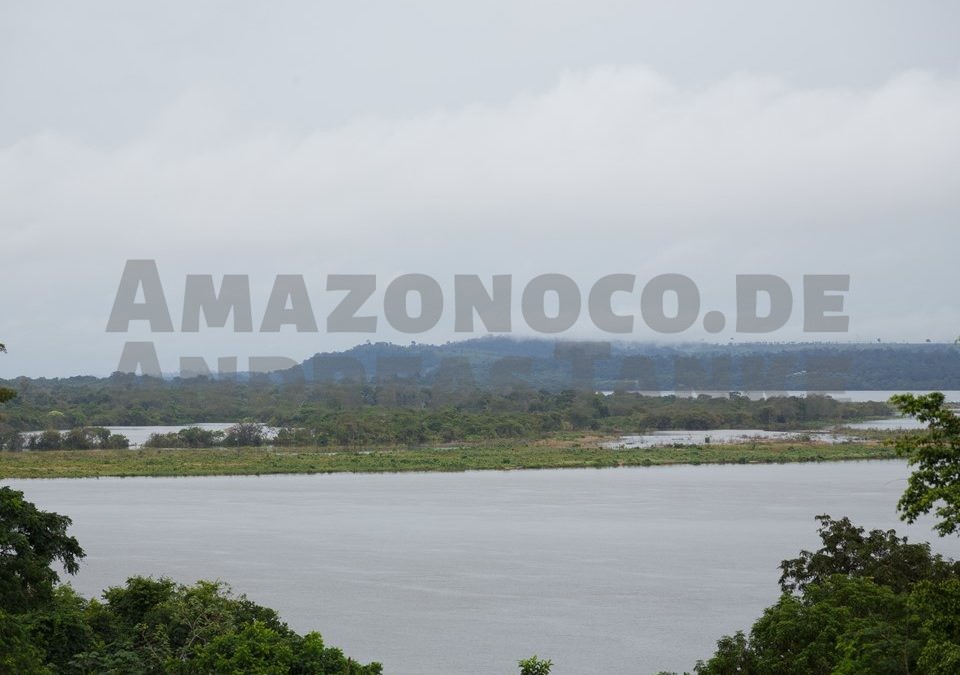
by Andreas Tanke | 16. 05. 2018
The Rio Xingu is one of the most important tributaries of the amazon in Brazil. I‘ll present the situation in the low water season and compare it with the high water season, when most rapids are flooded. Especially I give information about the actual situation at the Belo Monte dam and what that means for the future! Furthermore I‘ll present the breeding facility from UFPA that is managed by Leandro Sousa.
055A0822
Pimental Staudamm
Belo Monte Staudamm
Belo Monte Staudamm
Belo Monte Staudamm
Belo Monte Staudamm



